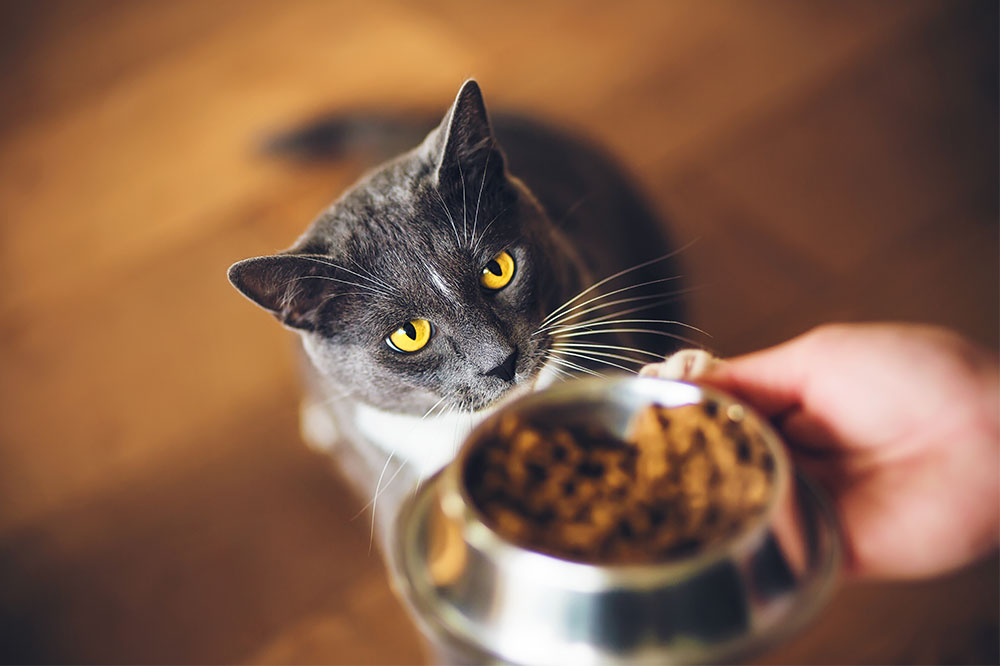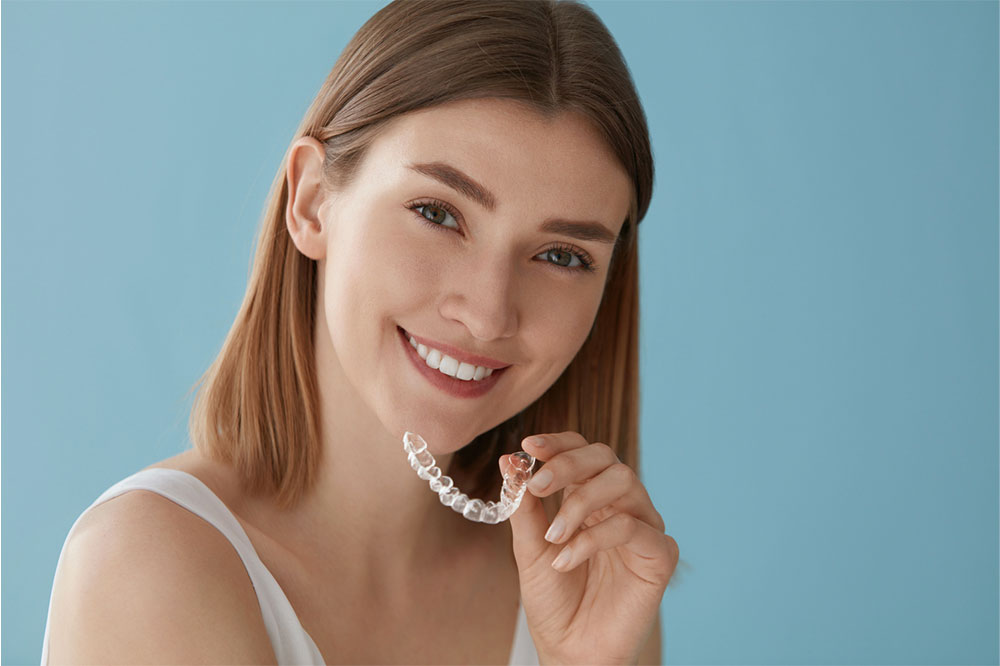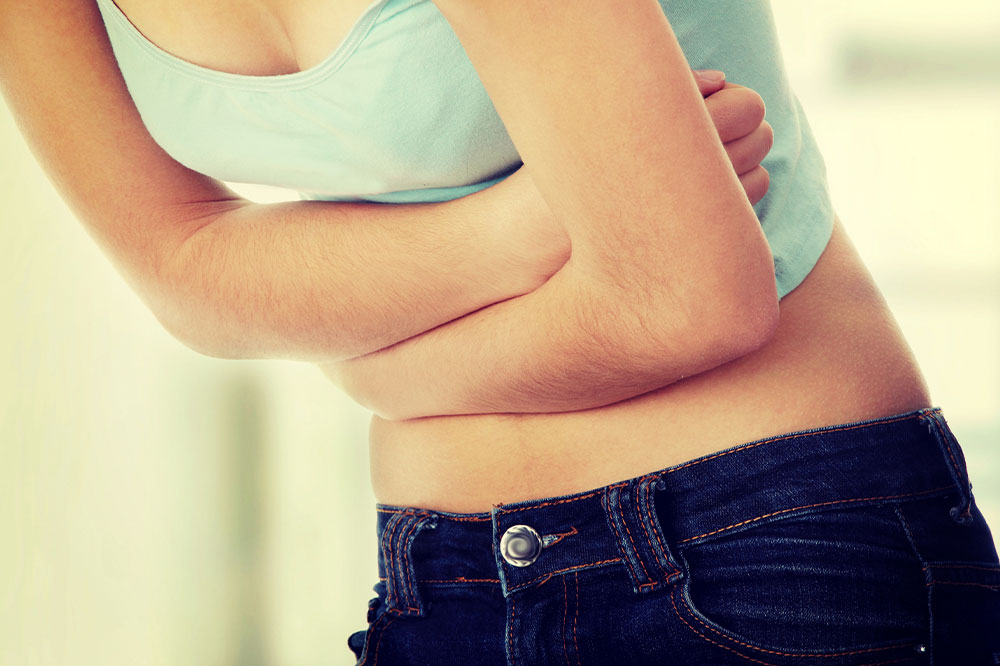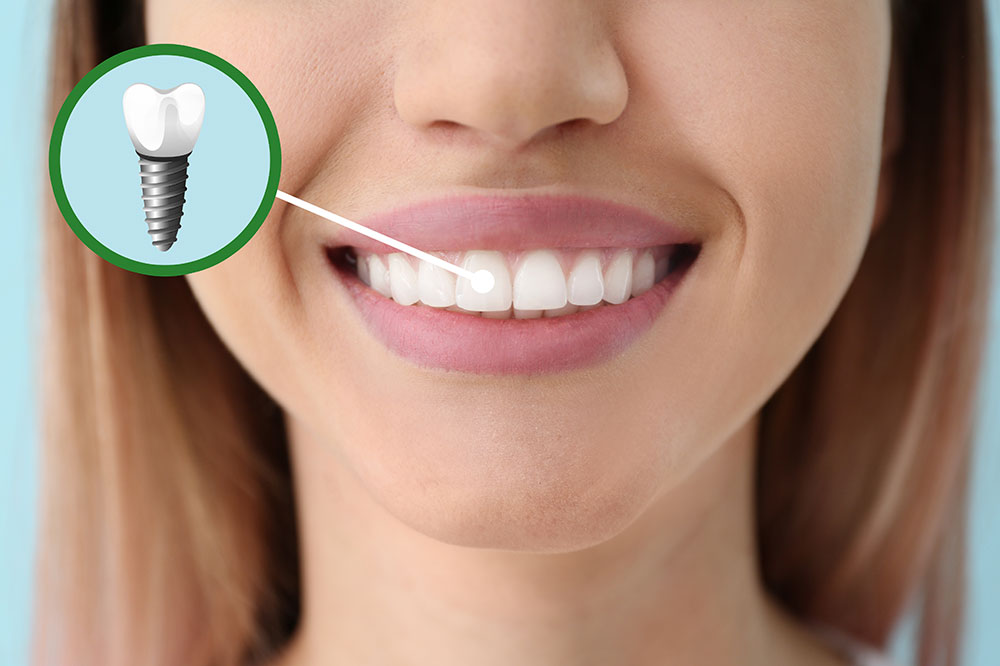A Pet Parent’s Guide to Picking the Best Cat Food

Cats make for lovely companions as pets in homes. Loving, affectionate, and somewhat independent beings, cats enjoy human companionship. This relationship grows manifold when the pet parent recognizes the animal’s needs and provides them with the best care. Nutrition is one of the most critical aspects of ensuring your cat is healthy and safe. That said, check out some things pet parents should keep in mind while choosing cat foods.
Nutritional needs
Responsible pet parents always get their pets checked by the veterinarian when they arrive. Whether the cat/kitten is a rescue or adopted from an ethical breeder, it is necessary to get a health checkup done to understand if any specific nutritional needs of the pet must be met or if any health conditions need to be treated. Some of the basics to keep in mind when buying cat food:
- Protein is essential. Cats are meat eaters, so ensure that their food plate has some form of meat protein. In addition, they require essential nutrients like taurine and arachidonic acid, which are only available in meat sources.
- Amino acids are also crucial. They are the building blocks of protein, so when buying cat foods, make sure you check the ingredients and nutrition table.
- Vitamins (A, B, C, B12), folic acid, calcium, phosphorus, iron, magnesium, sodium, and zinc are also essential components of cat foods. Recheck the label to see if the ingredients are vitamin-rich.
- Carbohydrates are essential for active cats and kittens. Foods high in carbs include oats, rice, or even potatoes.
Food quantity
Kittens can get hungry often and meow for food every other hour. But as a pet parent, you must ensure not to overfeed and give in to their adorable calls. Speak to your veterinarian and note down the quantity of food allowed for the cat daily; make sure to inform the vet about the cat’s activity level so they can provide you with an approximate quantity of food to feed.
Life stage-specific food
When buying cat food, pet parents must find labels that mention kitten or adult cat categories. These are important labels to notice as the ingredients may vary depending on the life stage of a cat. There are three life stages-
- Kittens – This stage demands foods like beef, tuna, turkey, chicken, or lamb to help the growth proces s. The foods should be high in protein, fat, and folic acid.
- Adults – This stage requires less protein and fat because an adult cat is not active as a kitten. Therefore, ensure to feed in a controlled way to prevent them from gaining too much body mass.
- Senior – Cats seven years or older need low protein and fat to avoid body mass issues. They may need some vitamins and minerals to boost their immune system.
Wet and dry food
Dry food is less expensive than wet food, but the latter is packed with a lot of flavor and moisture, making it delicious for cats. Feeding cats wet food can get extremely expensive, so balance the meals by putting kibble and adding a tablespoon of wet food on top of it or mixing both. It is recommended to avoid mixing wet food in excess with dry food because some cats do not finish their meals in one go and return to their food plate after a while. But wet food cannot be left out in the open for too long. So always start with small portions; if your cat responds well to them, you can increase the quantity if needed. Also, cats usually do not drink enough water, so the wet food gives them a chance to hydrate. It has been observed that dehydration in cats can lead to health complications like nausea and fever, and a prolonged dehydrated body can create a higher risk of diabetes.
Don’t choose grain-free foods
Studies indicate that grain-free foods are not the best option for your cat. Many veterinarians recommend including some grain in cat food because these are good carbohydrates introduced in the cat’s food plan. As mentioned earlier, carbohydrates are not the culprit, but overdoing carbs is a problem, especially if the cat is less active. If you are looking for a low-carb food option, compare the food labels of different brands and see which has low-carb instead of going completely grain free. Some cat parents are worried about allergies, which is a valid concern; however, there are very few instances of allergies from grains. Most allergic reactions come from a protein source. Some of the grains to look for in cat food include bulgur, quinoa, brown rice, barley, kasha, and farro.
Foods to avoid
- Chocolate can lead to muscle tremors, seizures, vomiting, diarrhea, and even heart issues.
- Milk can cause diarrhea which eventually leads to dehydration.
- Raw eggs can cause food poisoning, bacterial diseases like salmonella, and skin issues.
- Kittens cannot eat raw fish due to the potential toxins affecting the skin, which can lead to seizures or death.
- Bread can cause seizures and respiratory failure due to the excess CO2 and ethyl alcohol in the food.
- Solanine in tomatoes can lead to complications like gastrointestinal issues, lethargy, and also a slow heart rate.
- Onions and garlic affect the red blood cells causing them to rupture, which stops the flow of oxygen in the body.
- Raisins or grapes are dangerous as they lead to kidney failure.
Do the due diligence of researching the products of different cat food brands and understanding which is the best option for your cat. Once you have considered all the factors affecting their health and safety, you will be better positioned to make the right decision. If your cat has any specific health needs, speak to the vet, who can suggest a specific food plan and cat food for your pet. Always rely on professional opinion for your pet’s needs.






